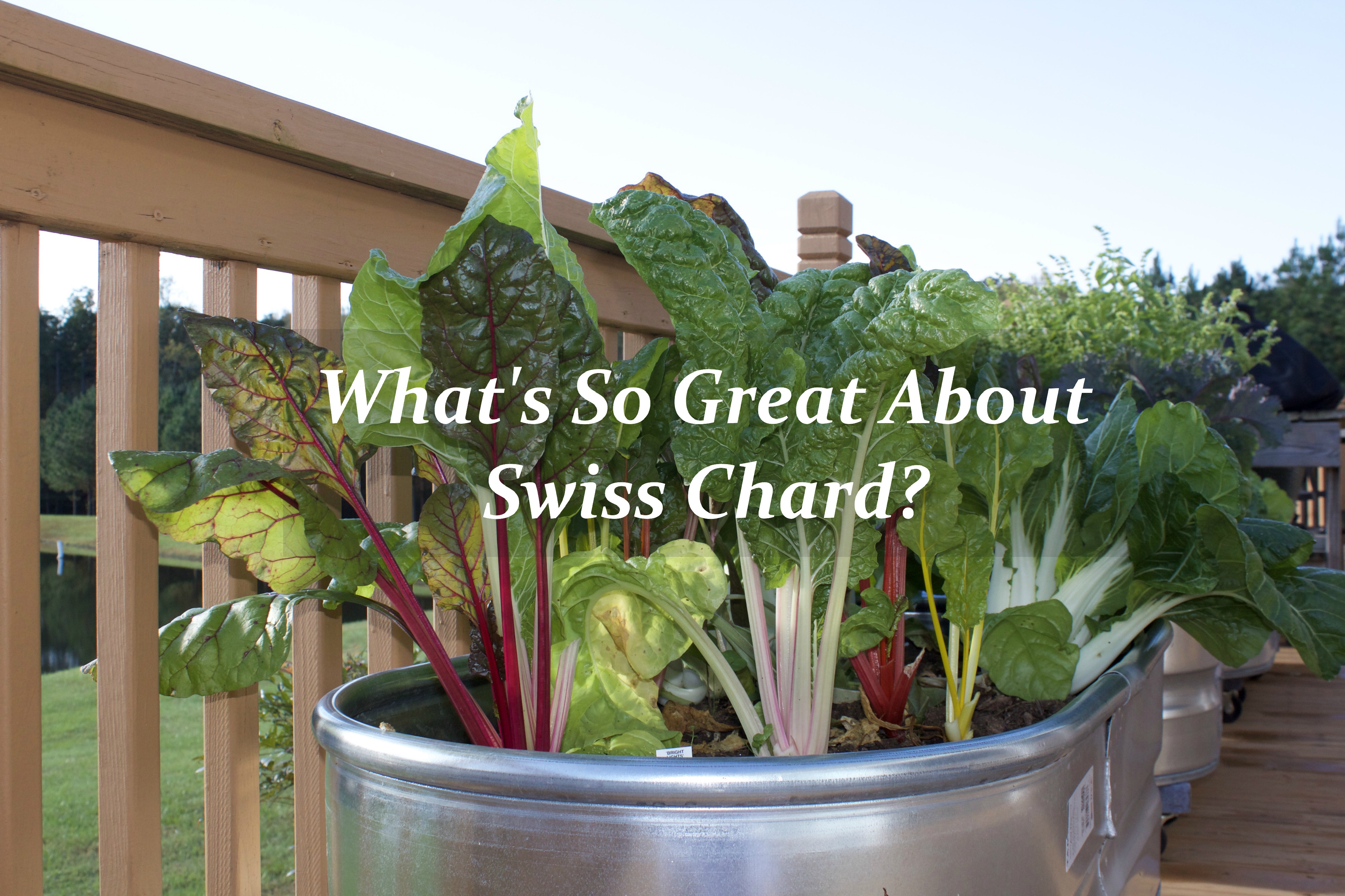The average food item on a U.S. grocery shelf has traveled farther than most families go on their annual vacations.
– Barbara Kingsolver, Animal, Vegetable, Mineral
Why Eat Local Food?
Why would anyone choose to buy meat and produce from local farmers instead of from the grocery store? Why do some people spend time in the garden each summer to grow, pick, and prepare vegetables? Why did I decide to add daily “chicken chores” to an already busy schedule?
Local food is trendy these days. And it rebels against our established industrial food system, which delivers much of our food via truck, rail, or shipping container. While the foods on our plates travel, on average, about 1500 miles, here are a few reasons to eat foods grown closer to home:
- Making a personal connection to a grower or a farm helps us to understand where our food comes from. We can make a deeper connection to nature, and ultimately God, who provides our food through plants and animals – not barcoded boxes. I want my kids to know that our food comes from the land, not the supermarket.
-
Fruits and vegetables not transported vast distances and stored for long periods of time have more nutrients and flavor, making them more nourishing and delicious.
University of California studies show that vegetables can lose 15 to 55 percent of vitamin C, for instance, within a week. Some spinach can lose 90 percent within the first 24 hours after harvest.
– The Chicago Tribune
- When you buy meat and eggs from small, local farmers, you can visit their farms and actually see how the animals live. This is the best way to know how the animals are raised and what they eat. Animals raised on grass and not fed a slurry of GMO corn and antibiotics provide a completely different nutritional profile. They may look the same, but nutritionally they are a vastly different product.
-
If we want to eat more real food from farms and less processed food from factories, then we must prioritize local agriculture. By choosing to support our local farmer, we provide benefits for our bodies and our communities.
-
Local fruits and vegetables simply taste better. Berries from our local blueberry farm are amazing. Locally grown tomatoes or corn don’t compare to their grocery store counterparts. It’s much easier to eat more vegetables when they taste fabulous!
Four Ways to Eat More Local Food
A successful local food economy implies not only a new kind of food producer, but a new kind of eater as well, one who regards finding, preparing, and preserving food as one of the pleasures of life rather than a chore.
― Michael Pollan, The Omnivore’s Dilemma: A Natural History of Four Meals
- The ultimate local food is that which you grow yourself. Whether you clip some thyme or chives, or produce a complete meal of eggs and veggies, it feels great to grow some of your own food. This doesn’t require a full-on garden project; start small to build momentum. A few herbs or greens in a natural area, a container of tomatoes and basil, or an ornamental shrub replaced with a blueberry bush is a great place to start.
-
Farmer’s Markets are more and more accessible these days. In addition to traditional farmers markets, you might be surprised at what you can find at a roadside stand. I recently stopped at a self-serve stand in front of a farm near my house, which I have passed dozens of times. I now wish I had stopped earlier to check out this family’s variety of vegetables and meats.
-
Community Supported Agriculture (CSA) is an easy way to put your local food shopping on auto-pilot. Generally, this involves signing up for a per-season or per-box subscription fee in exchange for regular receipt of delicious, fresh farm goodies. CSA subscriptions can save you time and money while encouraging you to try new seasonal foods. Our family tried bok choy for the first time with a subscription box and discovered we liked it!
-
In some areas, local food distribution businesses have emerged to get local foods into the hands of consumers. For example, in our area, Fall Line Farms and Local Roots distributes a wide variety of products directly from farmers to consumers. They do not resell the products; they just coordinate the sale and delivery via their website.
Local food has many benefits for our health and our communities. These days you don’t have to spend every Saturday at a Farmer’s Market to enjoy locally-grown food.
How do you seek out food grown in your area? What is one way you can add something local to your menu this week? Leave a comment and let me know!






